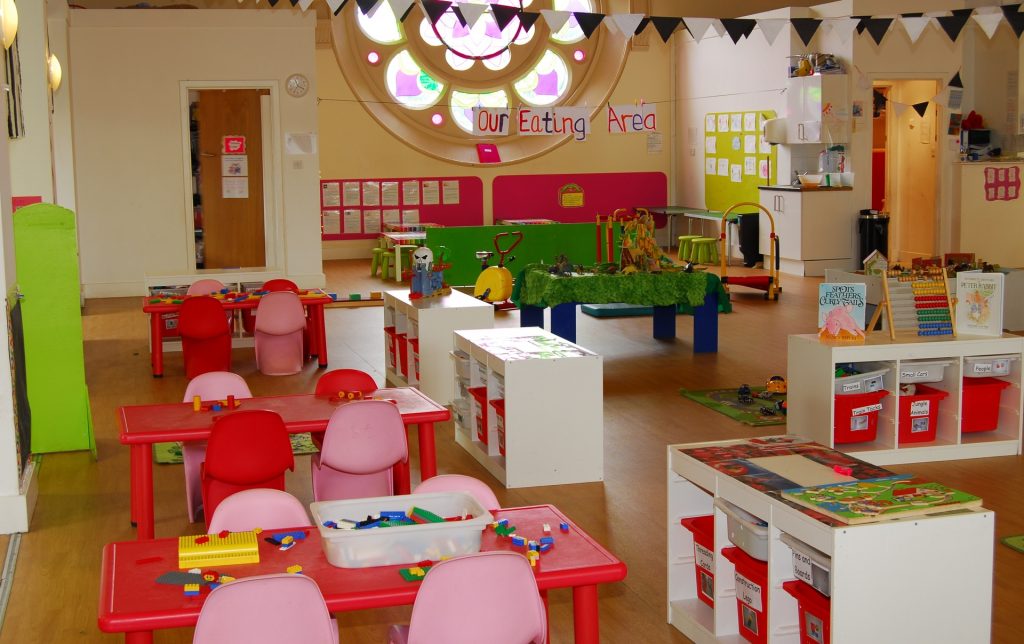What practitioners need to know about continuous provision
It is important for practitioner to fully understand what continuous provision is and how the principles of this will help support children’s development. The quality of each area of continuous provision should be continuously assessed both indoors and outdoors to ensure children are getting the maximum benefits from all areas.
The purpose of an effective continuous provision is to offer children a constant environment that is safe for them to explore whilst challenging their learning. It should allow children the freedom to explore and become independent in making choices. An important part of the EYFS is to support children in becoming active learners; continuous provision allows children to demonstrate this aspect and practitioners can closely observe this during their play. Continuous provision supports children’s learning and development across all seven areas and let’s not forget the characteristics of effective learning (How children learn)
In order for each area of continuous provision to be of high quality practitioners should:
- Plan each area carefully- think about where this area is within the room, should the role play area be near the graphics area?
- Equip each area with basic resources, this will then allow you to enhance the areas according to children’s individual next’s steps or group interests.
- Demonstrate outstanding practice, through using open ended questioning, using language to support learning and use skills and knowledge to scaffold children’s learning.
Why is continuous provision important?
Continuous provision enables practitioners to take children on a journey, the environment is key to supporting children on this journey. To help further children’s development it is important for children to be able to return to explorations daily and to explore new ideas. Children need to be given time to thoroughly explore the learning experiences, practitioners need to appreciate that it is fundamental that children are given opportunities to build on what they did yesterday or even a few week ago. Giving children time is precious as it enables them to fully explore their ideas and concepts which is highly important for children when taking them on a journey.
Within continuous provision children are able to explore the environment and develop independence. It also allows children to make choices and initiate their own play.
There may be implications in regards to meeting the needs of the children within the continuous provision and some nurseries may use an adult let planned approach for all children in the setting, however there are ways to still be able to plan for children’s individual needs within continuous provision it depends on the setting.
What is the aim of the Adults role?
- Adults should provide a high quality environment both indoors and out, this should support children’s emotional well being and help them to be motivated to learn
- Evaluations of children’s observations should determine how the environment is enhanced
- Adults should respect children and create a safe environment for them to try out new skills without being outlined as a failure
- To establish rules, boundaries and behaviour expectations.
- Adults should spend quality time supporting children in accessing equipment and learning routines
- Adults need to recognise the importance of each area of continuous provision and ensure these areas offer children maximum learning opportunities as well as self initiated play.
- Adult should play alongside children and listen and respond to the child
- To model ideas and language,
- To ask questions and make suggestions, this will help extend children’s learning.
- Offer children additional resource to enable them to extend their ideas further.
Observing children
Observing children within the areas of continuous provision is a crucial part of an adult’s role and the findings from these observations will have an impact on what is planned for children’s next steps. Through observations practitioners will be able to identify key elements of children behaviour, interests and patterns of children’s learning and development.
It is important that practitioners look at how routines impact on the effectiveness of continuous provision in regards to high quality assessment, it may be the case that routines disrupt children’s learning and doesn’t give them opportunity to spend quality time exploring their ideas. Whereas a whole group snack time can be easily replaced with a self service snack, allowing children the choice to access snack when they choose.
When thinking about implementing a continuous provision approach don’t forget to consider all three elements
– The emotional environment
– The indoor environment
– The outdoor environment

